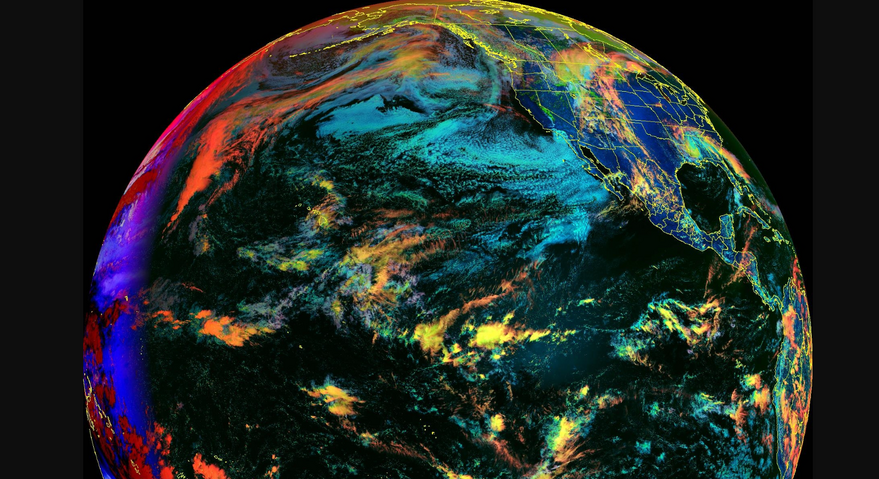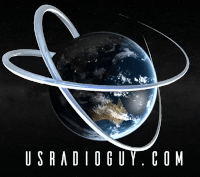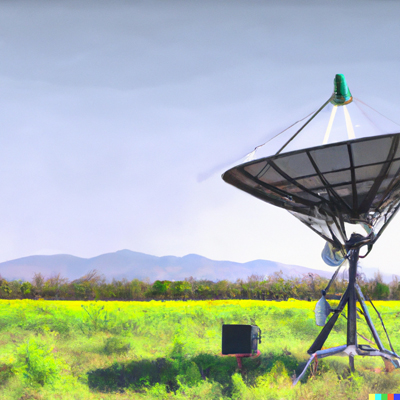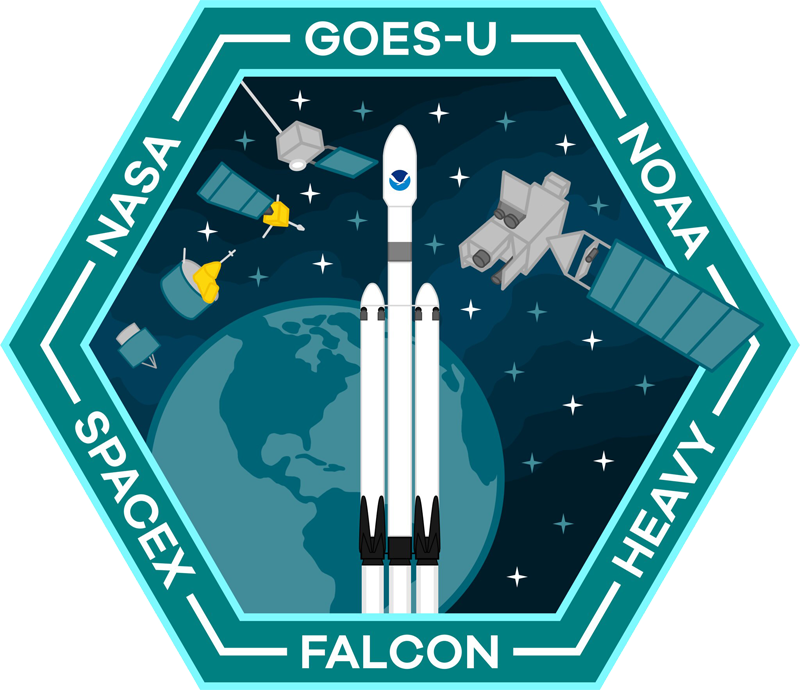![]()
April 14th, 2023

The National Oceanic and Atmospheric Administration (NOAA) has issued a call for proposals for research and development of microwave weather sensors, ground systems, and technology to reduce interference caused by 5G networks. This announcement was made in three Broad Agency Announcements on April 13, 2023, which revealed some of the priorities of the National Environmental Satellite Data and Information Service (NESDIS) as it updates its weather and climate-monitoring constellations. (one of my articles on HRIT/GRB, HRPT Interference)
One of the priorities for NESDIS is to develop microwave sensors with simultaneous imaging and sounding capabilities. The aim of this study is to evaluate the feasibility of a microwave sensor that can provide both imaging and sounding simultaneously. The study will also assess the value and impact of such a sensor on Numerical Weather Prediction and extreme weather monitoring and prediction.
Another priority for NESDIS is to explore new technologies and novel concepts that support reimagining its future approach to ground operations. NESDIS is interested in funding studies and demonstrations of such technologies and concepts. According to a recent study by NESDIS, the current ground operational architecture does not scale economically and would begin to absorb a larger fraction of the projected overall budget. Therefore, NESDIS’s strategic goal is to ensure that NOAA can support the anticipated increase in the number of operational satellites and other data streams of environmental observations in the 2030+ timeframe.
The third priority for NESDIS is to seek solutions that can help mitigate the interference caused by terrestrial communication networks. The release of new telecommunication services, such as 5G, satellite or broadband-aviation uplinks in millimeter wave bands, or future 6G, could potentially interfere with microwave passive sensors used by the NOAA Global Numerical Weather Prediction and other environmental prediction systems. Therefore, the objective of the study is to generate, assess and deliver to NOAA a study report that provides detailed information on the identification of passive band interfering or corrupting emissions, characterizations of those interfering or corrupting emissions, reduction of the impact of those interfering or corrupting emissions, associated risks, processes, and modifications needed to implement this capability on an international basis.
The 5th generation wireless technology, or 5G, uses high-frequency radio waves in the millimeter-wave band. These frequencies are close to the frequencies used by passive microwave sensors on the GOES-R satellites, which are essential for measuring atmospheric temperature and moisture, ocean temperature, and vegetation cover. When 5G signals interfere with these microwave frequencies, it can cause errors in the satellite’s measurements, leading to inaccurate weather forecasts and other data products.
In addition to GOES-R, other NOAA satellites, such as the Polar-Orbiting Operational Environmental Satellite (POES) and the Deep Space Climate Observatory (DSCOVR), also use passive microwave sensors to collect critical data for weather forecasting and environmental monitoring. These satellites could also be affected by 5G interference.
To mitigate the potential impact of 5G interference, NOAA is exploring several solutions, including developing advanced microwave sensors with better frequency discrimination and improving ground-based filtering and signal processing techniques. NOAA is also working with other government agencies and international organizations to address this issue on a global scale. Ultimately, finding a solution to the problem of 5G interference is critical to ensuring the continued accuracy and reliability of NOAA’s weather and environmental data products.
NOAA is committed to advancing technology and improving its operational efficiency to better serve the public. The call for proposals for research and development of microwave weather sensors, ground systems, and technology to reduce interference caused by 5G networks is an important step towards achieving these goals. The outcomes of these studies will not only benefit NOAA but also have a positive impact on the wider scientific community and the public at large.
The Additional LIGADO effect…
Apart from 5G networks, another source of interference that could affect GOES-R satellites is Ligado Networks. Ligado Networks is a company that provides satellite-based communication services for various industries, including aviation, transportation, and energy.
The company’s proposed use of satellite frequencies in the L-band has raised concerns among government agencies, including NOAA, about potential interference with critical satellite-based services, including GPS and weather satellites such as GOES-R. The L-band frequencies are near the frequencies used by passive microwave sensors on GOES-R, and any interference from Ligado Networks could result in data errors and potentially inaccurate weather forecasts.
Mobile Satellite Service (MSS) Spectrum is specifically designated for use over MSS systems. Ligado operates in the L-band (1.5/1.6GHz) across North America. One of only two bands currently designated by 3GPP for Non-Terrestrial-Networks, the L-band benefits from excellent propagation characteristics, supporting robust mobile connections that are not susceptible to weather degradation
NOAA has expressed its concern about the potential impact of Ligado’s operations on critical government services and has asked the Federal Communications Commission (FCC) to take measures to ensure that the company’s activities do not cause interference. In 2020, NOAA submitted a study to the FCC showing that Ligado’s proposed use of the L-band frequencies could have a significant impact on the accuracy and reliability of weather data collected by NOAA’s satellites.
Despite these concerns, Ligado Networks has argued that its operations will not cause harmful interference and that it has taken measures to mitigate any potential impacts on government services. The FCC has also granted the company permission to operate in the L-band frequencies, although with certain restrictions to prevent interference.
To read more on the interference issue click here https://usradioguy.com/satellites/aws-3-interference-and-hrit-grb-hrpt/
Impact on HRIT/EMWIN/LRIT
The potential impact of Ligado Networks’ operations on GOES-R weather satellite’s data reception goes beyond just the interference with the passive microwave sensors that measure atmospheric temperature and moisture, ocean temperature, and vegetation cover. The company’s proposed use of the L-band frequencies for its communication services could also affect the reception of High-Rate Information Transmission (HRIT) data from the satellite.
HRIT is a critical data transmission system used to provide real-time data from GOES-R and other weather satellites to ground-based receiving stations. The data is transmitted in real-time, and it provides critical information to meteorologists for weather forecasting, severe weather tracking, and environmental monitoring.
If Ligado Networks’ operations cause interference with the L-band frequencies used by HRIT, it could result in data errors or loss of critical data, potentially leading to inaccurate weather forecasts and other data products. This could have significant impacts on the ability of meteorologists to issue timely and accurate weather warnings and make informed decisions based on the latest weather data.
In addition to HRIT, other data transmission systems used by NOAA’s weather satellites, such as the Low-Rate Information Transmission (LRIT) and the Emergency Managers Weather Information Network (EMWIN), and DCS, could also be affected by Ligado’s operations. Ensuring the continued accuracy and reliability of these critical data transmission systems is essential to supporting the mission of NOAA and protecting public safety.
Citation:
Gerth, J. (2018), Wireless frequency sharing may impede weather satellite signals, Eos, 99, https://doi.org/10.1029/2018EO107265. Published on 08 October 2018.
Schmit, T. J., et al. (2017), A closer look at the ABI on the GOES-R series, Bull. Am. Meteorol. Soc., 98(4), 681–698, https://doi.org/10.1175/BAMS-D-15-00230.1.
NOAA/NESDIS Notice ID- BAA-NOAA-GPD-2023
NAICS Code: 541715 – Research and Development in the Physical, Engineering, and Life Sciences (except Nanotechnology and Biotechnology)
https://sam.gov/opp/e6d272a877634b9986f219d1ad806588/view




